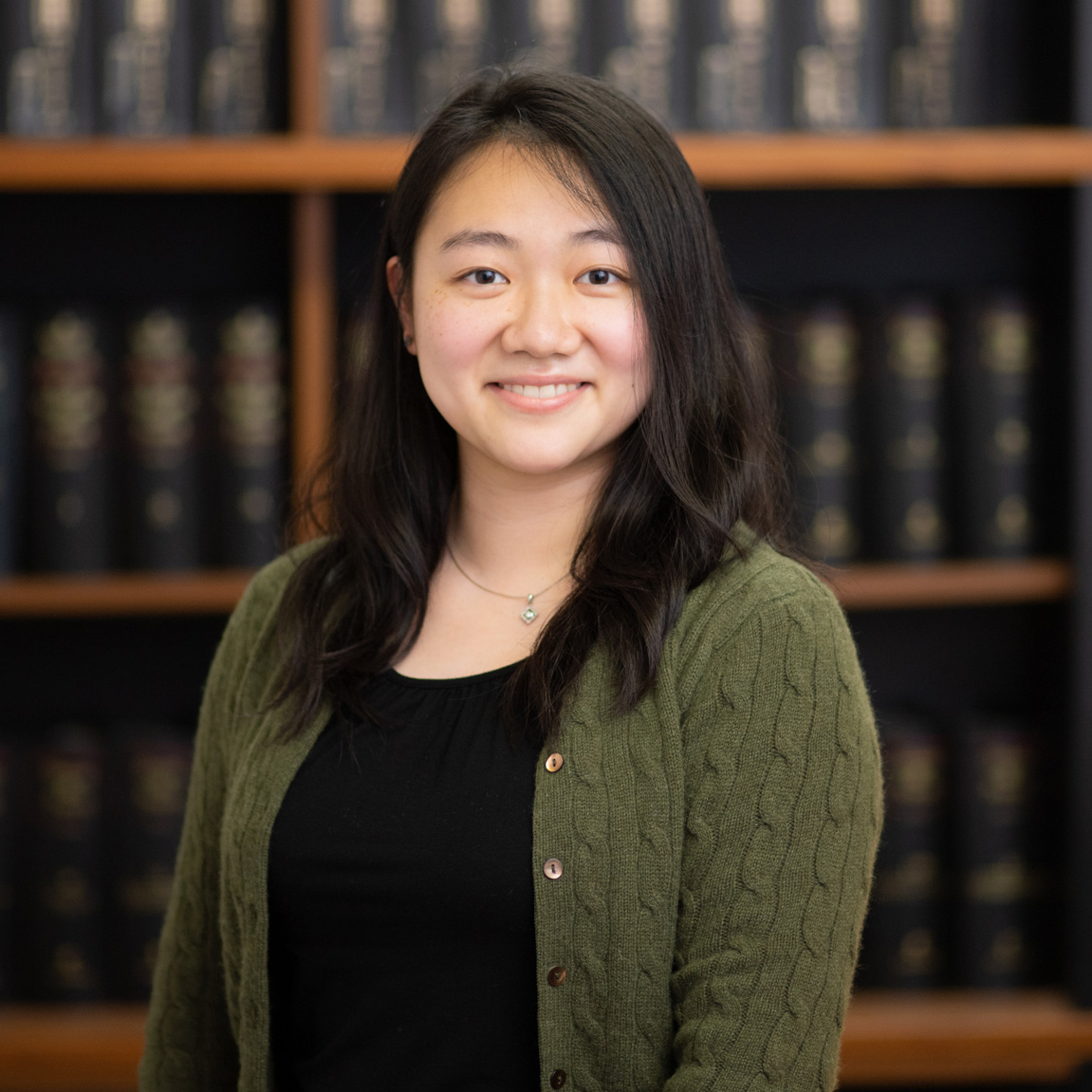
Arissa Janejera Sato
PhD Candidate
The University of Tokyo
Arissa J. Sato is a PhD student in the department of Electrical Engineering and Information Systems at the University of Tokyo under the guidance of Dr. Koji Yatani. She received her M.Eng in Electrical Engineering and Information Systems from the University of Tokyo in 2020, and her B.S. in Computer Engineering and Computer Science from the University of Wisconsin-Madison in 2017. She is currently a recipient of the SPRING-GX program funded by the Japan Science and Technology Agency (JST). Her research interests include education technology (EdTech), real-time feedback and visualization interfaces, and chat communication systems. Outside of research, she enjoys playing her violin, running and using her film camera.
Visualization for Overviewing Parallel Group Activities in Online Classrooms
With the shift to online classes, instructors experience limited ability to see and hear interactions of groups working in parallel, which further prevents them from interacting with students. We thus conducted four sessions of participatory designs with five experienced instructors to better understand the online teaching environment, focusing on online parallel group discussions. We identified desired classroom visualization features, including speech utterances and status indicators derived through qualitative analysis. We then designed a classroom visualization system and collected interaction data of discussion sessions from 10 groups of students (N=24). We are currently conducting user studies to identify the impact of classroom visualizations for instructors while overviewing many groups of students during online classes. This work is positioned to enrich the online classroom experience by expanding instructors' current awareness during an online classroom session by visualizing parallel group activities in online classrooms. This work's novelty is derived from its application to support the instructor by augmenting their awareness of parallel group interactions, which is lacking in current online classrooms, thus enriching the student’s learning experience. We intend to use this work as a starting point to encourage other education and online platforms to explore the impact of visualizations of online classes, such as during online laboratory experiments and lecture-style classes. As in-person classes are starting to resume, we believe the findings of this research will hold lasting impacts to suggest more technological infusions to traditional in-person classrooms.